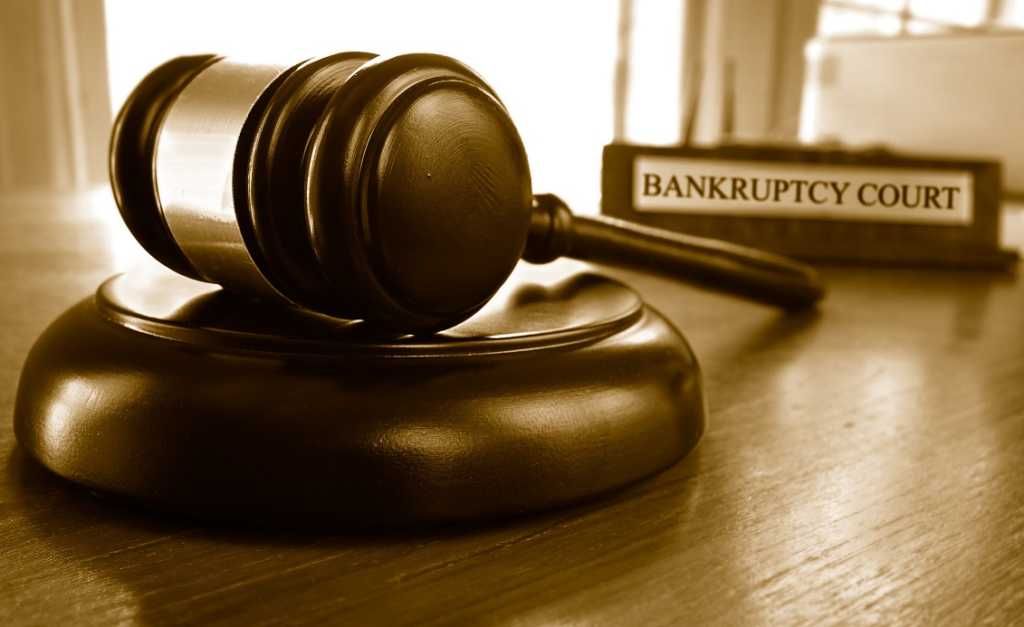Bankruptcy law is a legal process that allows individuals or businesses to either eliminate or repay their debts under the protection of the court. In the United States, bankruptcy law provides an opportunity for those in financial distress to find relief, get a fresh start, and move on with their lives. Whether you are an individual or a business, understanding the ins and outs of bankruptcy law is crucial. If you are looking for more detailed information on mortgage-related matters, you can explore resources like Mortgage Blog. In this article, we will dive into the basics of bankruptcy law, the different types of bankruptcy, and how filing for bankruptcy can help in certain financial situations.
Types of Bankruptcy
There are several types of bankruptcy filings, each suited to specific situations. The most common forms of bankruptcy are Chapter 7, Chapter 11, and Chapter 13. Let’s take a closer look at each:
-
Chapter 7 Bankruptcy: This is the most common type of bankruptcy filed by individuals and businesses. In Chapter 7, the court appoints a trustee to liquidate the debtor’s non-exempt assets to pay creditors. For individuals, this type of bankruptcy can often eliminate most unsecured debts, like credit card balances and medical bills. However, certain assets, like a home or vehicle, may need to be sold to cover debts.
-
Chapter 11 Bankruptcy: This type of bankruptcy is typically used by businesses to reorganize and restructure their debts. Chapter 11 allows companies to continue their operations while they develop a repayment plan. It can be a lengthy and complex process, but it provides businesses with the opportunity to avoid liquidation and work towards recovery.
-
Chapter 13 Bankruptcy: Often referred to as “wage earner’s bankruptcy,” Chapter 13 is available to individuals with a regular income. It allows them to repay their debts over a 3-5 year period under a court-approved plan. In Chapter 13, individuals can keep their property, such as their home, as long as they adhere to the repayment schedule.
Benefits of Bankruptcy
Bankruptcy offers several benefits to individuals and businesses facing overwhelming financial challenges. Some of the most significant benefits include:
-
Debt Relief: Bankruptcy can provide a significant amount of debt relief, whether through the elimination of unsecured debts or the restructuring of repayment terms.
-
Automatic Stay: One of the immediate benefits of filing for bankruptcy is the “automatic stay.” Once the bankruptcy petition is filed, creditors are legally prohibited from taking further collection actions, including lawsuits, wage garnishments, and harassment.
-
Fresh Start: For individuals, bankruptcy can offer a fresh financial start by discharging qualifying debts. This can allow debtors to rebuild their credit over time and regain financial stability.
-
Protection from Creditors: Bankruptcy provides legal protection from creditors, allowing individuals and businesses to have time to reorganize their financial affairs without the threat of creditors taking aggressive actions.
Filing for Bankruptcy: The Process
Filing for bankruptcy involves several steps, and it is important to understand the process thoroughly before taking action. Here’s a basic overview:
-
Pre-Filing Requirements: Before filing for bankruptcy, individuals must complete a credit counseling course from an approved agency. This is a mandatory step that helps individuals explore other options for resolving their debts.
-
Petition Filing: The bankruptcy process begins by filing a petition with the bankruptcy court. This includes submitting detailed information about income, assets, debts, and expenses. It is essential to provide accurate and complete information, as any discrepancies can result in the dismissal of the case or even legal consequences.
-
Meeting of Creditors: After filing, a meeting of creditors, also known as a “341 meeting,” is scheduled. During this meeting, the debtor meets with the bankruptcy trustee and creditors to discuss the financial situation and repayment plan.
-
Debt Repayment or Discharge: Depending on the type of bankruptcy filed, the debtor will either work with the court to repay debts over a specified period (Chapter 13) or have certain debts discharged through liquidation (Chapter 7).
Common Misconceptions about Bankruptcy
There are several myths surrounding bankruptcy that often prevent individuals from seeking the help they need. Let’s dispel some of the most common misconceptions:
-
Myth 1: Bankruptcy ruins your credit forever: While bankruptcy does affect your credit score, it does not ruin it forever. With time and responsible financial behavior, individuals can rebuild their credit after bankruptcy.
-
Myth 2: You will lose everything: Bankruptcy does not necessarily mean that you will lose all of your assets. Many exemptions are available that protect essential property, such as your home, car, and retirement accounts.
-
Myth 3: Bankruptcy is only for individuals: Businesses can also file for bankruptcy, typically under Chapter 11. This allows them to restructure their debts and continue operations, avoiding liquidation.
Conclusion
Bankruptcy law provides an essential safety net for individuals and businesses in financial distress. While the process can be complicated and stressful, it offers a legal way out for those overwhelmed by debt. Whether you are considering Chapter 7, Chapter 11, or Chapter 13 bankruptcy, it is important to consult with a qualified bankruptcy attorney to understand your options. If you are interested in learning more about financial topics, such as mortgages, Mortgage Blog is a valuable resource for relevant and timely information. Bankruptcy may not be the right choice for everyone, but for those who are eligible, it can provide much-needed relief and a fresh financial start.

